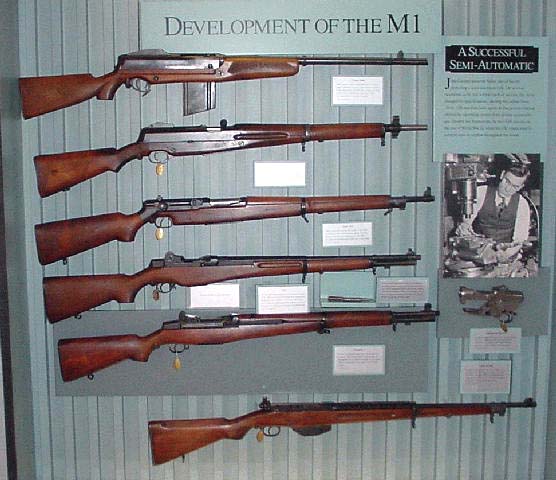Deleted member 1487
That's a big disagree from me. The .22 Spitfire/Gustafson was quite a bit superior to the .30:The .30 carbine round is perfect for what it was intended. No need to change it.
https://forum.cartridgecollectors.org/t/22-carbine-experimental-cartridge/16863/2
Over the course of the next nine months the cartridge was subjected to the usual pressure, functioning, velocity, penetration, and accuracy tests. It was concluded that the carbine was capable of good performance when firing 22 caliber bullets in excess of 3000 fps. When compared with the cal 30 M2 it was found to be superior in all respects. It was recommended that five carbines and 20,000 rounds of ammunition be procured and further tested to learn if the combination offered any military advantages over what was currently employed. The cartridge was included in the SALVO I tests in 1956.
https://www.thefirearmblog.com/blog/2014/07/08/weekly-dtic-hitchman-gustafson-reports/
Even the relatively tame .22 Gustafson cartridge – firing a lightweight 41 grain bullet at 3,000 ft/s – was determined by Gustafson to present acceptable ballistics and lethality out to 400 yards, even firing on the M1 Garand qualification course of fire (it was chosen, as the Carbine course was deemed “too easy” for the high velocity modified Carbines). In fact, the .22 caliber Carbine proved superior in the course of fire to the M1 Garand, out to 300 meters. Gustafson’s final recommendation was that .45 caliber submachine guns and .30 caliber carbines could be replaced with such a high velocity weapon – which they eventually were.
And the Gustafson report itself:
https://archive.org/details/DTIC_AD0022349/page/n7
Not sure that was going to make things much better. The magazine would have to be huge, which means bipod time, and an increased length and weight of the weapon (the receiver needs to be lengthened to take the BAR magazine), while automatic fire would be too much for the rifle. It would assist with reloads, but it changes the weapon quite a bit. Plus it existed IOTL, the T20, but was never procured.Frankly if we're changing anything on the fly it should be modifying the Garand to take a well designed box magazine. IIRC but there were thoughts about doing that. That puts a full battle rifle into the hands of the average trooper and leap frogs them into the top tier of armed infantry.
As of 1945 due to the bomb damage Silesia and Berlin were more important than the Ruhr. By the time the Wallies took it the industry was out of commission. Silesia until late in the war was largely outside of bombing range, so had the bunch of remaining operational resources. Likely there isn't much difference in distribution between the fronts compared to OTL, especially after the Ruhr is taken.The Soviets still take Berlin because losses on the Western Front will be replaced from troops with the Eastern Front. Because the Rhur valley is a lot more vital to the German war effort than East Prussia
